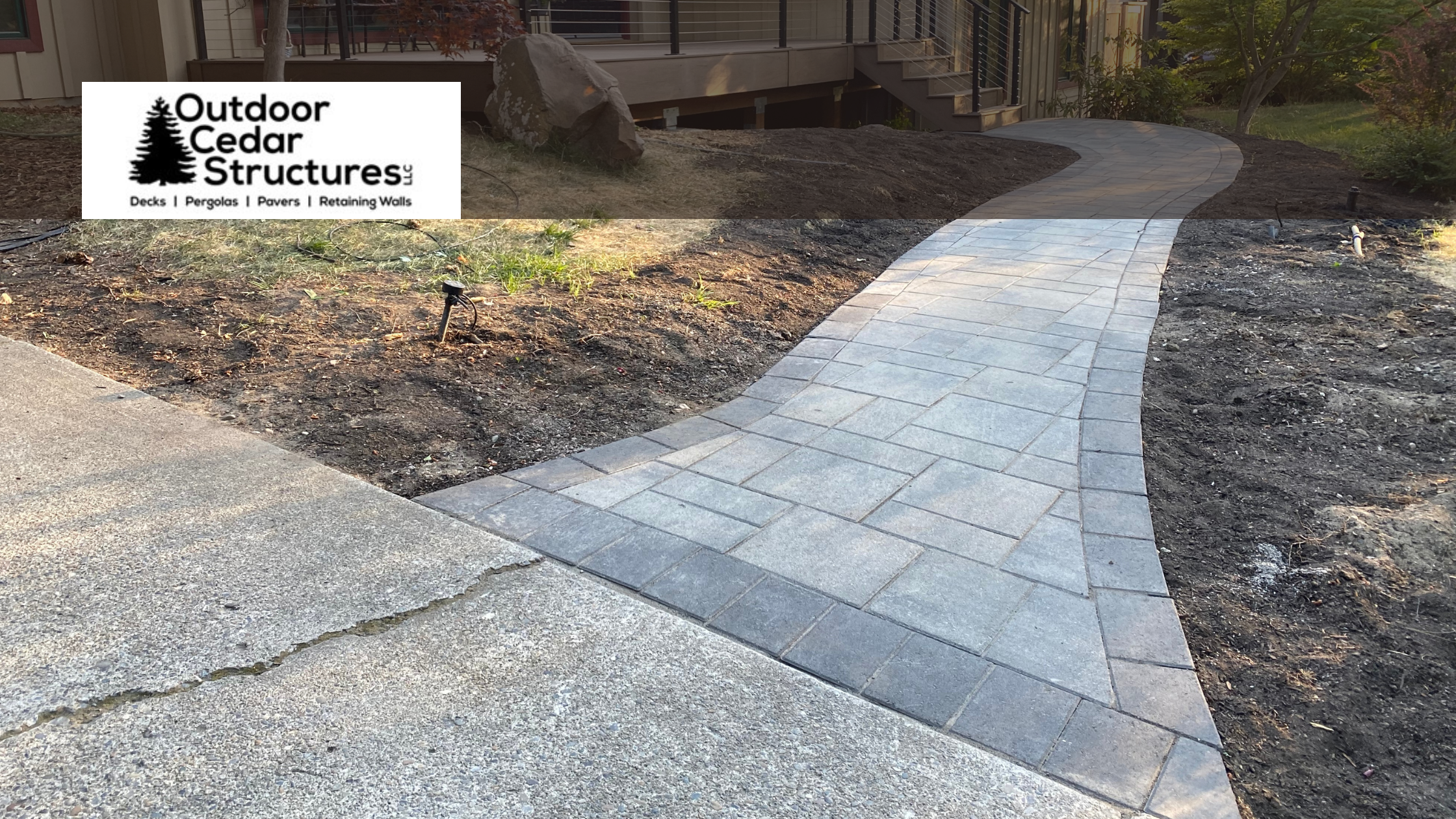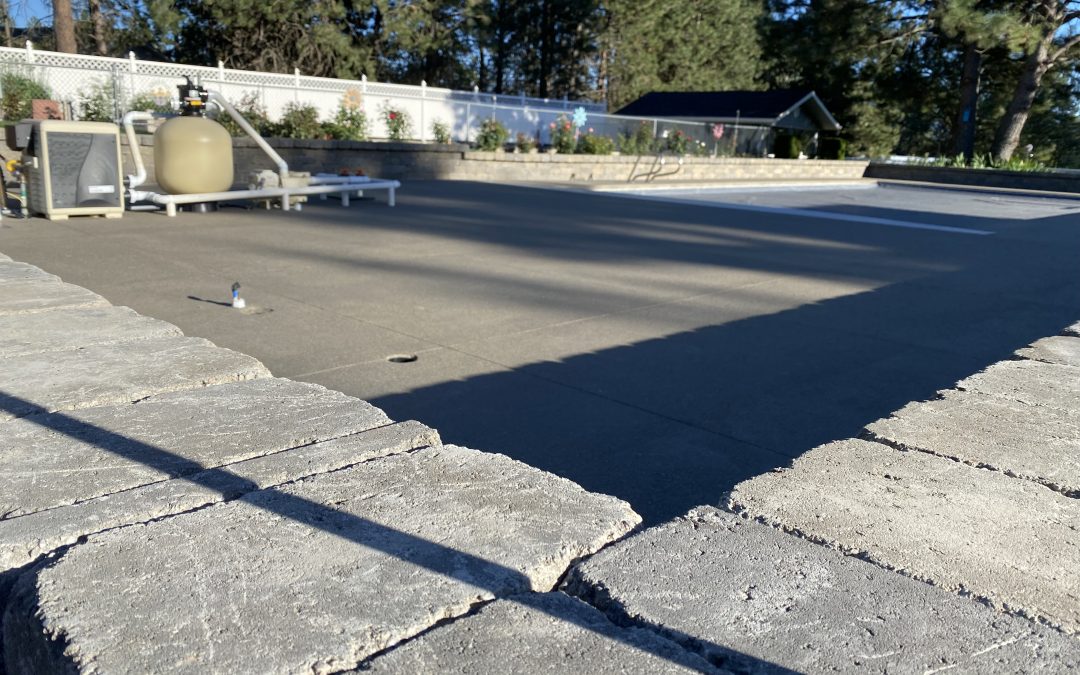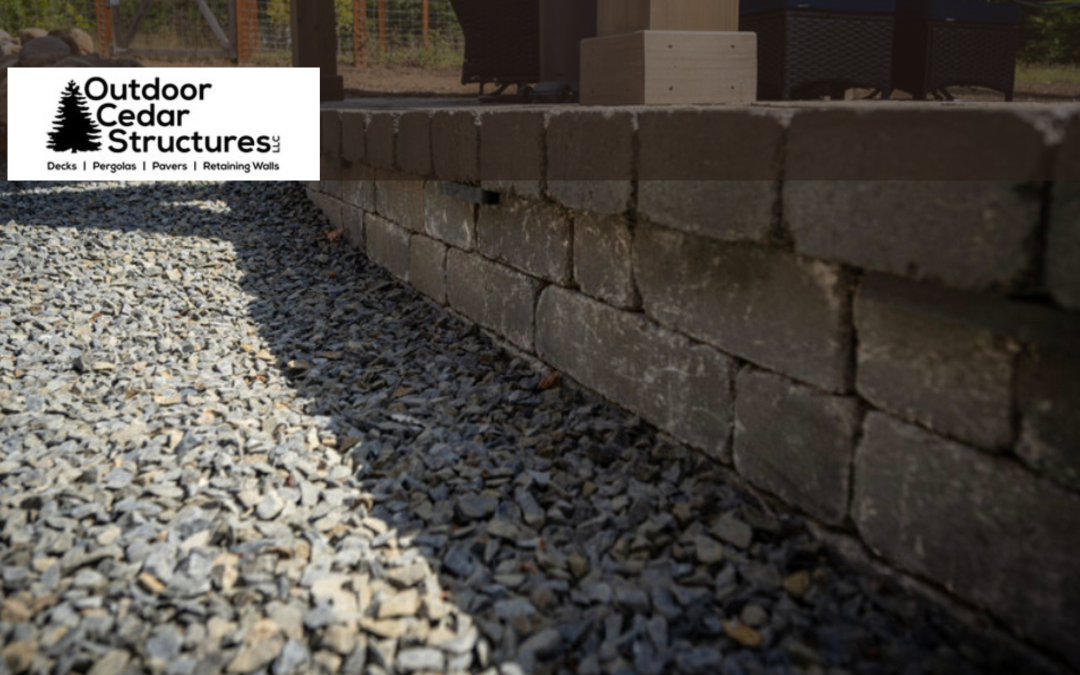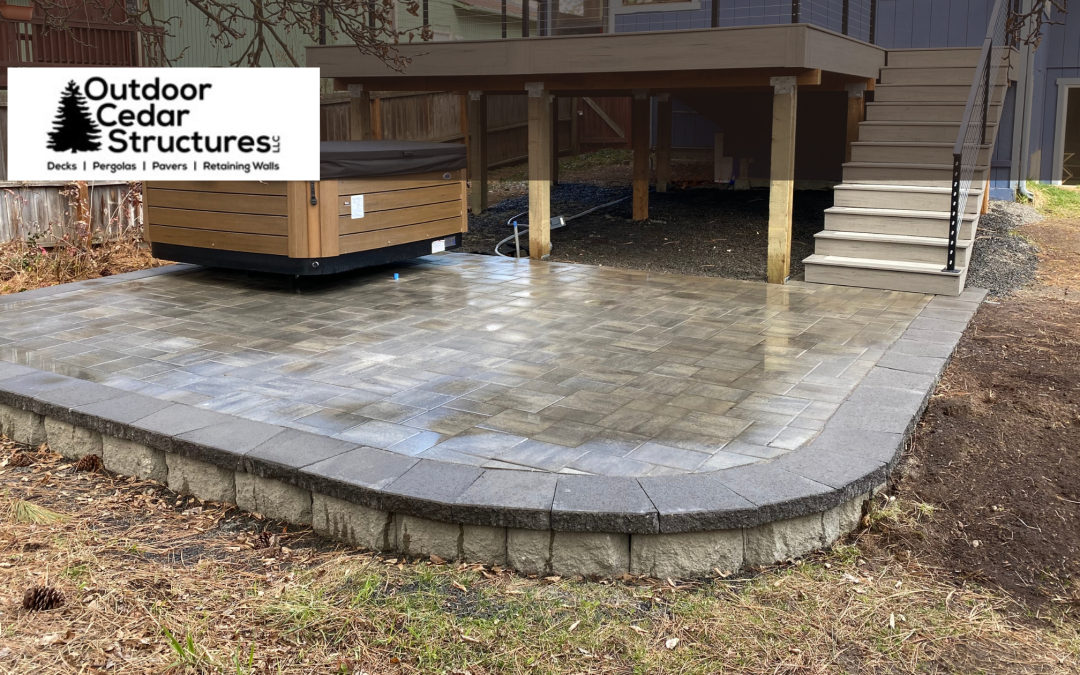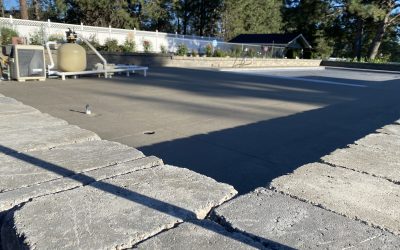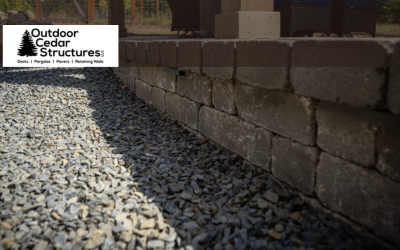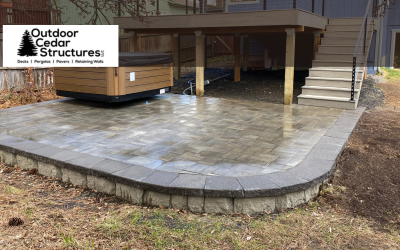Have you decided to enhance your outdoor space with pavers but need help deciding which material to choose? What is the better choice between brick pavers and concrete pavers? Should you go for stone or brick pavers?
Let’s clear up the confusion and help you decide between concrete, stone, and brick pavers for your patio or walkway. This guide will break down each material’s essential qualities—including their look, cost, and lifespan—to assist you in making a well-informed decision. We’ll also throw in some handy tips for comparing these materials.
General guidelines
The best choice for your patio or walkway hinges on several factors: how you plan to use the space, how you want it to look, and your budget. It’s also important to consider installation and ongoing maintenance.
With that in mind, let’s dive into the details of concrete, brick, and stone pavers.
Concrete pavers
Concrete pavers are manufactured by mixing mineral aggregate and concrete and molding it into various interlocking shapes. This process results in pavers with a modern aesthetic that suits industrial-style and urban homes.
Concrete pavers are known to offer the following benefits:
- They come in many shapes, colors, and sizes
- Easy to cut, allowing for various custom patterns during installation
- Easy to replace if a piece is damaged
- Extremely durable and strong
- Can be sealed to protect from stains, leaks, and spills
Brick pavers
Brick is another excellent paver material. For centuries, it has graced many hardscaping and landscaping projects, and its enduring charm and beauty continue to make it popular with modern homeowners who want to infuse their properties with a rustic appeal.
Bricks are made of blocks of baked, molded clay. They can be laid with small gaps between each paver to create a porous, non-slip surface with reliable drainage.
Although they can withstand heavy weight loads and adjust when the base material shifts, brick pavers can be fragile, flake, and disintegrate with wear and weather. However, they are recyclable and naturally break down, making them environmentally friendly.
Natural stone pavers
Natural stone pavers or cobblestones are sourced from quarries and have a distinctively rough surface devoid of artificial coloration. Each paver is unique, adding more character to walkways, patios, driveways, and other hardscapes.
Whether you choose granite or flagstone, remember that stone pavers are not pre-cut and require shaping on the spot to suit the installation. This extra labor could make stone walkway pavers and stone patio pavers more costly to install.
Concrete pavers can be better than brick pavers if you want a more durable surface that dramatically increases your property’s value. With proper maintenance, concrete pavers could outlive other types of paving materials.
Concrete vs. Brick vs. Stone pavers
Now that you know the essential characteristics of each material, let’s compare them based on specific characteristics so you can decide which suits your next project.
1. Appearance
Which of these three pavers is the best-looking choice? It all depends on your preference. All options use interlocking systems to arrange them in various patterns. Plus, these pavers come in different colors and shapes, allowing for more design freedom.
- Concrete is the way to go if you’re after a modern touch. Its smooth texture and uniformity offer minimalist designs and a sleek and contemporary vibe.
- Meanwhile, brick can deliver an elegant and timeless finish. Its rich, warm tones add a cozy and inviting feel to any outdoor space.
- Finally, stone’s naturally beautiful look and rough surface can bring a unique character to your driveway, walkway, garden, or patio. Its irregular shapes and varied hues create a striking, organic aesthetic that blends seamlessly with natural landscapes.
2. Customizations and options
All three pavers offer various options in terms of texture and color. But brick pavers are the least versatile because they’re manufactured in fewer styles than concrete. In contrast, concrete can be dyed to resemble bricks, creating more patterns, shapes, and colors.
Between stone and brick pavers, the former offers more customizations, too. Stone pavers are perfect for achieving an old-world aesthetic and natural appearance.
3. Ease of installation
Brick and concrete pavers interlock in specific geometric patterns, making installing them relatively straightforward. The key is leaving the job to professionals who can level and grade the surface.
4. Ease of maintenance and repair
All three pavers are easy to repair. When a piece is damaged (cracked, stained, or broken), your hardscape contractor can remove and replace it without removing the entire patio or walkway. All these options are low-maintenance and only require minimal routine cleaning.
Consult the experts at Outdoor Cedar Structures LLC.
If you still can’t decide which pavers are for you, schedule your free design consultation with the pros at Outdoor Cedar Structures—call (509) 329-6054 to discover which materials will suit your home in Spokane. We’ll help you pick the best paver based on your budget and requirements.
Outdoor Cedar Structures uses high-quality materials from Belgard to create stunning patios, walkways, and driveways.

